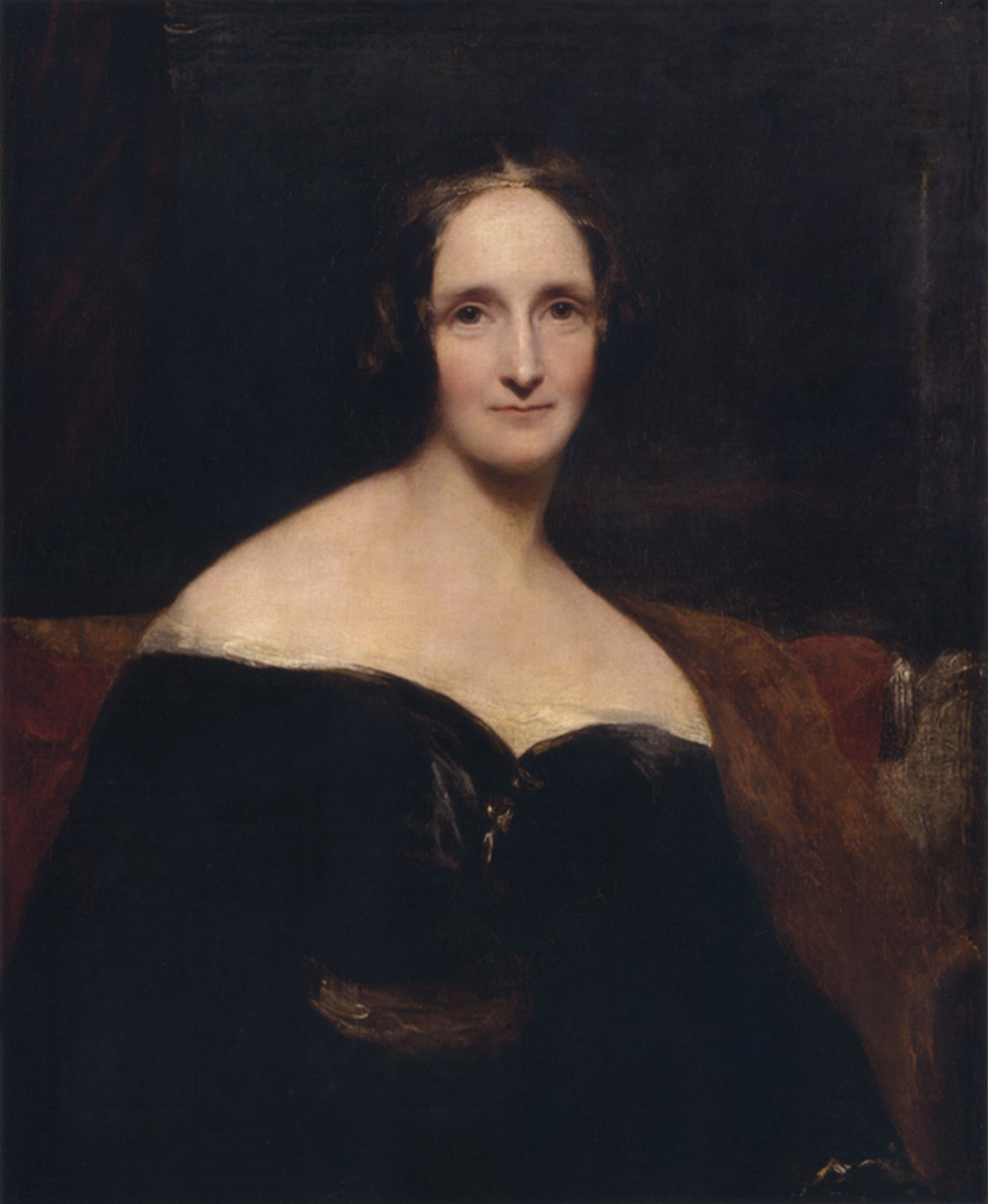 |
| via |
Reviewed by Susanna Allred
Published:1979 in Italian, 1981 in English
It's about: If on a winter's night a traveler is not a novel, but rather, fragments of many novels. The fragments are interspersed in alternating chapters with unifying thread about two hypothetical readers attempting to gather together and read the complete forms of the fragmented novels. However, the two readers, while succumbing to an obligatory romantic attraction, find themselves enmeshed in a byzantine web of conspiracies, totalitarian governments, fraud, dead languages, deceptive translators, and disorderly publishing houses.
The style is as winkingly playful as the plot. Calvino narrates the unifying thread in the second person singular; in other words "you" are the protagonist of If on a winter's night a traveler. Furthermore, the fragments of other novels are all written in widely varying genres, settings, and voices, though they are thematically linked (love triangles, for example, recur). These two characteristics, the unusual narrative voice and the array of novelistic styles are key to Calvino's major project in If on a winter's night a traveler, exploring how readers experience literature and why literature is written, given that so much of retreads similar themes and types.
I thought: This is a clever, witty book that clearly draws on Calvino's wide and deep knowledge of world literature while adopting a elusive literary style. The unifying thread of the two increasingly frustrated readers gradually ramps up absurdity in a uniquely post-modern style. As "you" draw closer to the end of "your" odyssey to scrape together the fragments of novels, "you" meet a seemingly-friendly ally in a chaotic dictatorship who tells "you"
I'm an infiltrator, a real revolutionary infiltrated into the ranks of the false revolutionaries. But to avoid being discovered, I have to pretend to be a counterrevolutionary infiltrated among the true revolutionaries. And, in fact, I am, inasmuch as I take orders from the police; but not from the real ones, because I report to the revolutionaries infiltrated among the counterrevolutionary infiltrators."The fragmented novels themselves fall recognizably into distinct genres, among them the pastoral novel, the thriller, and the war novel. However, each novel seems to be telling a strikingly similar story, even though each one was supposedly written in a time and place disparate from the others. To be specific, each fragment includes a complex psychological drama among one or more erotically-charged love triangles. This extends to the unifying frame narrative as well, as "you" are partnered with a fellow female reader, Ludmilla, who has a sister, Lotaria, who is both antagonistic and attractive to "you.
The novel requires patience, attention, and perspicuity to follow. Being a post-modern novel, it doesn't exactly give up its meaning easily. Calvino does not argue vehemently for a single philosophical purpose driving the composition of literature, rather he suggests competing hypotheses through competing narrative voices. When "you" finally reach the library where all the desired books are supposedly held, you encounter, not books, but readers who, one-by-one parrot popular theories on "why we read."
Verdict: Stick it on the shelf.
Reading Recommendations: Don Quixote is the most obvious literary antecedent to If on a winter's night a traveler, but it's well-worth reading or re-reading.
Warnings: Some sexuality.
Favorite excerpts:
In the shop window you have promptly identified the cover with the title you were looking for. Following this visual trail, you have forced your way through the shop past the this barricade of Books You Haven't Read, which were frowning at you from the tables and shelves, trying to cow you. But you know you must never allow yourself to be awed that among them there extend for acres and acres the Books You Needn't Read, the Books Made For Purposes Other Than Reading, Books Read Even Before You Open Them Since They Belong To The Category Of Books Read Before Being Written.
What I'm reading next:











